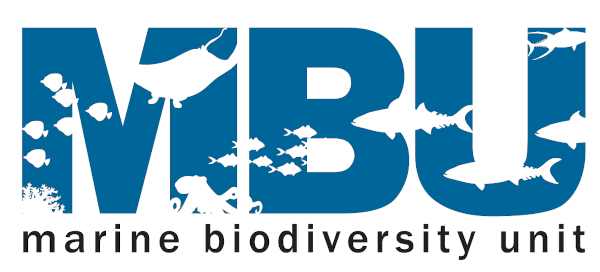Conservation Status of the World’s Hagfish Species and the Loss of Phylogenetic Diversity and Ecosystem Function.
- Hagfishes represent an ancient and unique evolutionary lineage that plays an important role in the cycling of organic matter and other nutrients to maintain the overall health of the ecosystems they inhabit.
- Fisheries worldwide directly profit from the harvesting of hagfishes for leather and food, as well as from the positive habitat effects hagfishes provide for other target species. Overexploitation and destructive fishing practices are major threats to several hagfish species, especially those with restricted or small distributions.
- In order to evaluate the effect of these threats on populations, the International Union for Conservation of Nature (IUCN) Red List Categories and Criteria were applied to assess the probability of extinction for all of the world’s known hagfish species.
- Nine of the 76 hagfish species (12%) were determined to be in threatened categories, indicating an elevated risk of extinction. Particular areas and species of concern include southern Australia where 100% of hagfish species present were determined to be at an elevated risk of extinction and the coast of southern Brazil where up to 50% of hagfish species present are at an elevated risk of extinction. Also of concern, are the species found in the East China Sea, Pacific coast of Japan, and coastal Taiwan where as many as 50% of hagfish species are threatened with extinction.
- The loss of hagfish species will have detrimental effects on ecosystems as a whole as well as the fisheries that depend on them, especially in the many areas around the world that have low hagfish species diversity.
- Better information, data, regulation and management of hagfish fisheries and other threats to hagfish populations are urgently needed to ensure the survival of these important species.
Download PDF: Knapp_etal_2011

Recent Comments